Honoring the Legacy of Iowa's Lakeside Retreats
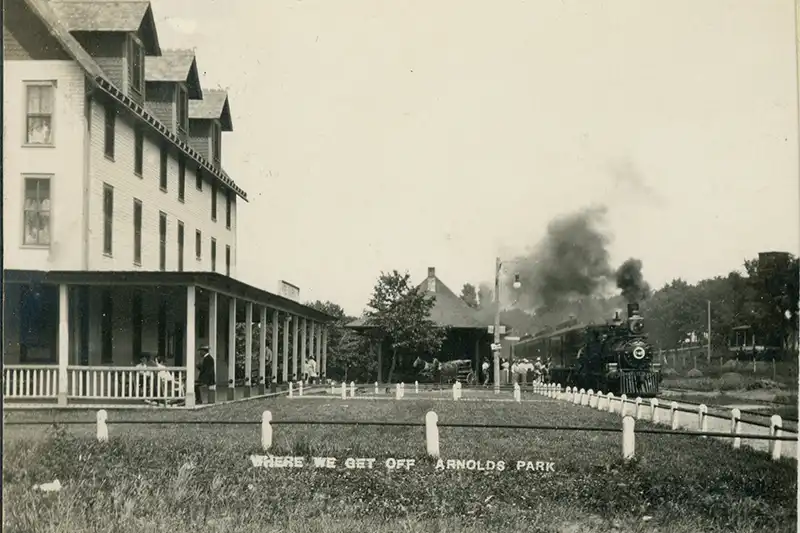
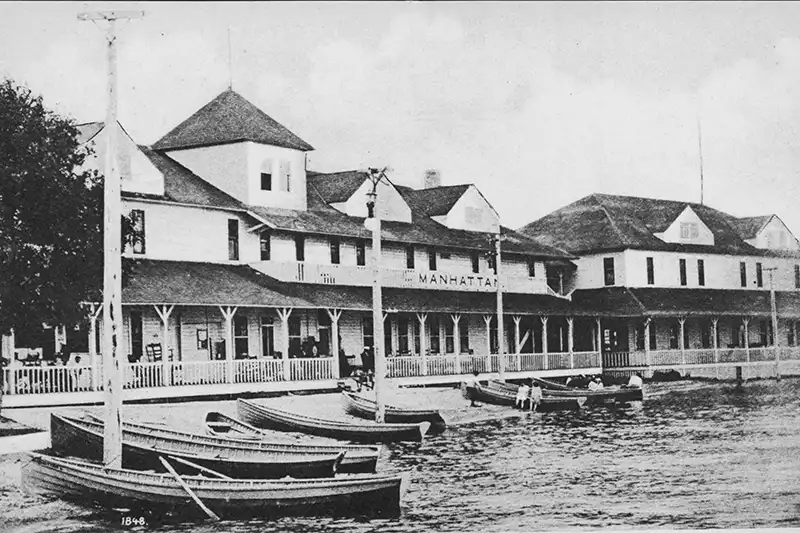
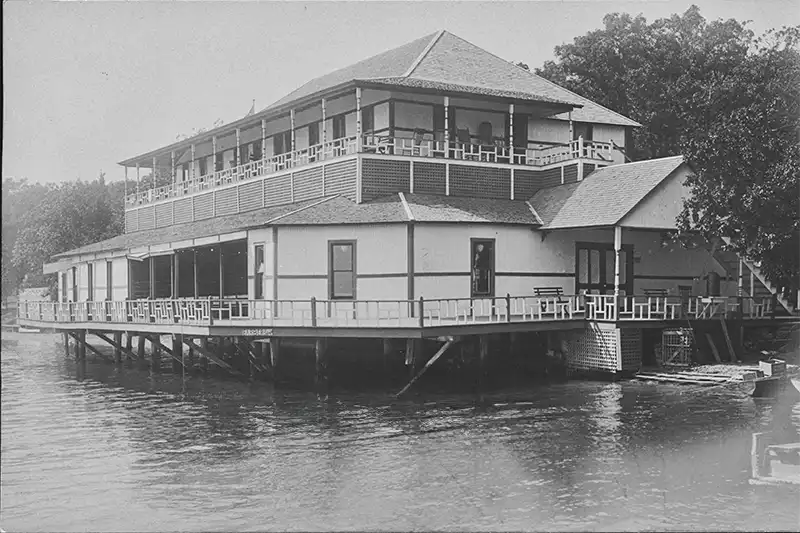
The allure of the Iowa Great Lakes as a premier vacation destination traces back to the late 19th century, when the Burlington, Cedar Rapids & Northern Railway (BCR&N) and the Chicago, Milwaukee & St. Paul (Milwaukee Road) laid tracks through the region. Prior to this, only Native Americans, intrepid pioneers and settlers braved the arduous overland journey to the cluster of five lakes nestled in Northwestern Iowa. Recognizing the potential, the railways began ferrying urban elite to these idyllic lakeshores for respite, marking the dawn of a vibrant era of leisure.
In 1883, the Burlington, Cedar Rapids & Northern Railway erected the magnificent Orleans Hotel adjacent to the depot, overlooking the majestic Big Spirit Lake. This opulent three-story edifice boasted 200 rooms and sprawling 16-foot-wide verandas, offering guests a serene vantage to savor the lake breezes. Equipped with cutting-edge indoor plumbing, each room boasted its own bath, epitomizing luxury for the era. Despite succumbing to fires and subsequent rebuilds over the ensuing decades, the Orleans Hotel remained a beacon of hospitality until its transformation into a private residence in 1967.
The Templar Park Hotel, conceived in 1885 by the Grand Commandery of Knights Templar of Iowa, stood as a testament to camaraderie and leisure. Nestled amidst 21 acres of verdant grounds adorned with parade squares and a quaint golf course, this esteemed establishment became a cherished summer retreat for Templar members and their families for nearly a century. Transitioning to state-managed parkland in the 1970s, its erstwhile grandeur now echoes faintly through remnants like the iconic archway entrance and the weathered concrete staircase leading to the tranquil shoreline.
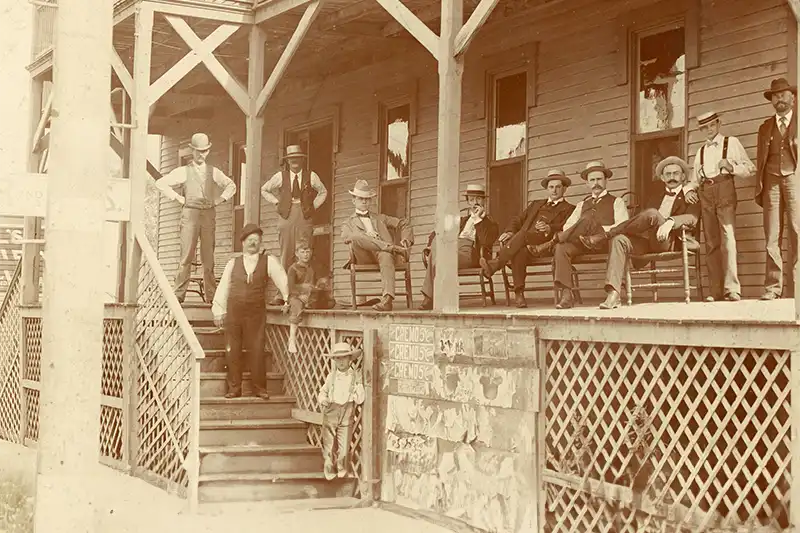

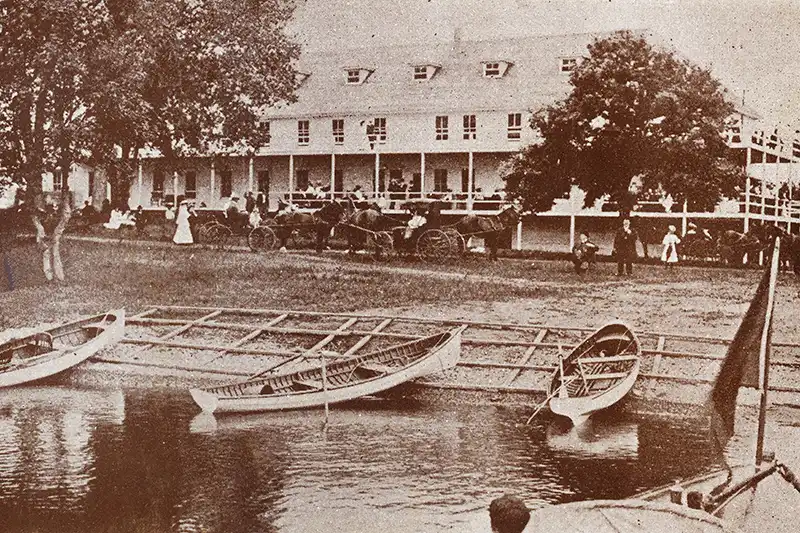
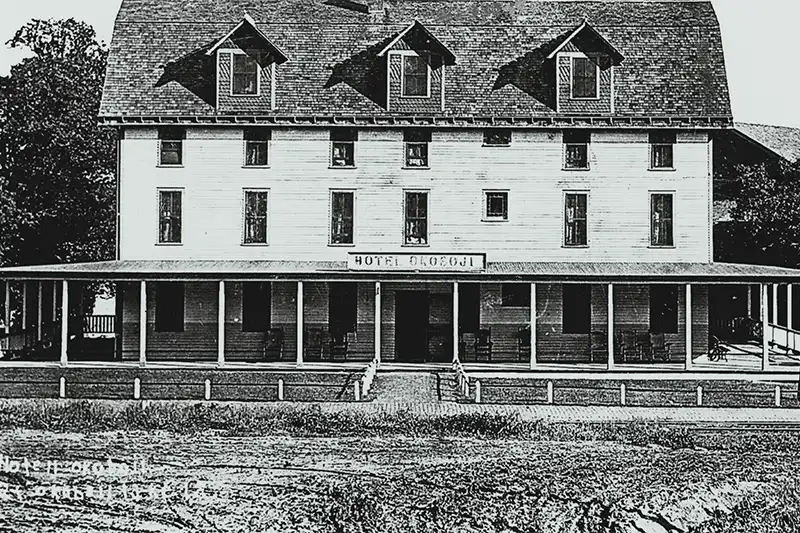
Meanwhile, the Manhattan Resort, conceived in the mid-1890s by visionary DB Lyons, emerged as a paragon of sophistication along the shores of West Lake Okoboji. Boasting panoramic lake views from every room, this premier establishment offered a plethora of amenities including a bathhouse, dancing pavilion, and even a bowling alley. With its own steamship – the Manhattan – ferrying guests around the lake, it symbolized exclusivity and opulence. Evolving into Manhattan Beach Resort during the Great Depression, it endured multiple transformations, emerging today as a cherished landmark still catering to discerning travelers.
Arnolds Park, immortalized as a railway stop in 1882, burgeoned into prominence under the stewardship of Wesley Arnold, who transformed his humble abode into a thriving hospitality haven. The Arnolds Park Hotel, erected adjacent to West Lake Okoboji, epitomized rustic elegance with its expansive verandas offering breathtaking lake vistas. Though razed in 1939, its legacy endures as a testament to the region’s hospitality heritage.
The saga continued with the inception of The Inn at Okoboji in 1897, a modest lodging venture that burgeoned into a sprawling lakeside resort under successive ownerships. From its humble beginnings, it evolved into a grand establishment boasting over 250 rooms, complete with a scenic dancing pavilion. Despite changing hands multiple times, its essence as a beacon of lakeside leisure remained steadfast until its eventual demise in 2017, succumbing to the passage of time.
Lastly, The Hotel Okoboji, erected by the Milwaukee Road in 1902, epitomized modernity with its pioneering electric lights, heralding a new era of comfort and convenience. Though tragically short-lived due to a devastating fire in 1911, its grand opening drew throngs of visitors from far and wide, underscoring the allure of the Iowa Great Lakes as a destination of distinction.
As we reflect upon these storied retreats, we pay homage to their enduring legacy, which continues to shape the rich tapestry of leisure and hospitality in the heartland of America.
Photo Credits: Thank You to the Dickinson County Museum